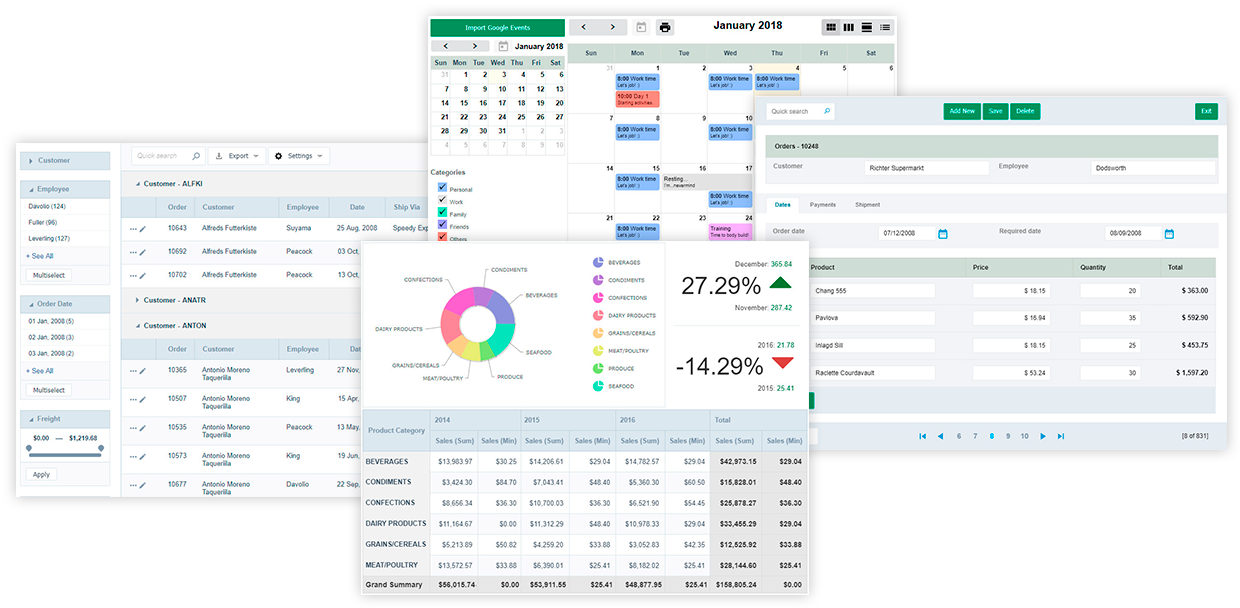

- #SCRIPTCASE HOSTING INSTALL#
- #SCRIPTCASE HOSTING WINDOWS#
Make sure that the Certificates drop-down list is set to the appropriate certificate that you intend to use. Ensure that the Virtual Host text box is blank. This example uses the default port of "21". Enter the TCP/IP port for the FTP site in the Port text box. Choose an IP address for your FTP site in the IP Address text box, or choose to accept the default selection of "All Unassigned." This example uses the local loopback IP "127.0.0.1". If you choose to type in the path to your content folder, you can use environment variables in your paths. Right-click the Sites node in the tree, and click Add FTP Site, or click Add FTP Site in the Actions pane.Įnter "My New FTP Site" in the FTP site name text box, and then navigate to the root folder that you created for your FTP site (example: %*SystemDrive*%\inetpub\ftproot). In the Connections pane, click the Sites node in the tree. In this section, you will create a new FTP site that can be opened by using any of your user accounts. #SCRIPTCASE HOSTING WINDOWS#
In the Windows Process Activation Service Properties dialog box, ensure that the Startup Type for this service is set to Disabled. Double-click Windows Process Activation Service. At the command prompt, type services.msc This will display the Services console. Stop the Windows Process Activation Service (WAS): Follow the steps in the Configure User Isolation for All Directories section.Ĭonfigure the FTP firewall settings as described in the corresponding section below. Follow the steps in the Create SSL Enabled Site section.Įnable the User Isolation feature. Optionally, if there are FTP high availability and/or load balancing requirements, Microsoft provides solutions such as Network Load Balance or Failover Clusters, DNS round-robin might be sufficient.Ĭreate a site that allows SSL connections and Basic authentication. Follow the instructions found in Installing and Troubleshooting FTP.Ĭreate a root folder to be used for your FTP site, for example: %*SystemDrive*%\inetpub\ftproot. #SCRIPTCASE HOSTING INSTALL#
Select the FTP computer and install the new FTP for IIS service. When they log on to the FTP server, they will be restricted to their specific directory and will not be able to navigate up the directory tree.
Users to view the FTP site as if it were only theirs. Administrators to enable SSL and use a single certificate for all connections when explicitly required by users. This means implementing a single FTP site this site will contain a specific physical or virtual directory for each user name. Administrators to limit user access to only the physical or virtual directory defined for the user. The guidelines below take advantage of the new FTP User Isolation feature. The FTP for IIS server has several features that make it ideal for shared hosting scenarios. The Internet-facing firewall router performs the port forwarding of FTP traffic to the FTP server. The FTP computer is not intended to host Web applications. However, since the Web farm will not be used to process FTP requests, the FTP, Web Management (WMSVC), and MS Deploy services can be stopped. The FTP computer is part of the shared configuration that is used by the Web farm servers, which means that the components installed on this computer should also be on the Web farm servers. The FTP service can share the same computer that is used for the Remote Administration (Web Management - WMSVC) and MS Deploy services. This image highlights several important characteristics of FTP deployment in the shared hosting environment: The following video provides an overview and demonstrations of several of the features in FTP 7.0.įTP is one of the front-end servers in the shared hosting configuration. Detailed information when using Event Tracing for Windows (ETW), which provides additional information for troubleshooting. Detailed error responses when logging on locally to an FTP server. 
Enhanced FTP logging includes all FTP-related traffic, unique tracking for FTP sessions, FTP sub-statuses, and additional detail fields in FTP logs.

Improved logging and supportability features:
Improved user isolation, through per-user virtual directories. Virtual host name support, making it possible to host multiple FTP sites on the same IP address. Host FTP and Web content from the same site by adding an FTP binding to an existing Web site. Non-Windows accounts for authentication. 
Security and support for new Internet standards: The article What Is New for Microsoft and FTP? introduces the new FTP features. Shared hosting environment administrators can use FTP for IIS to enable their customers to upload and synchronize their content. It provides a robust, secure solution for FTP in a Windows environment. The FTP service for IIS is a key component of the Windows Web Platform.








 0 kommentar(er)
0 kommentar(er)
